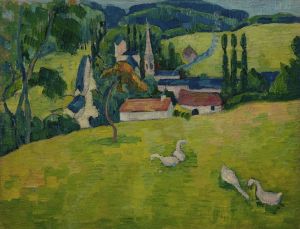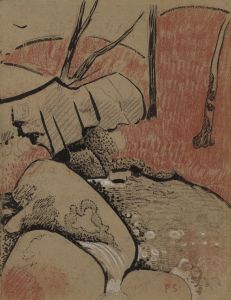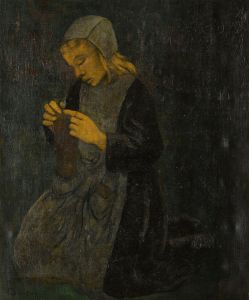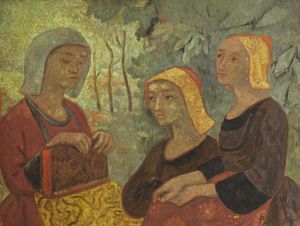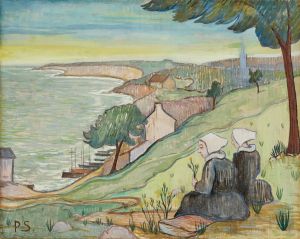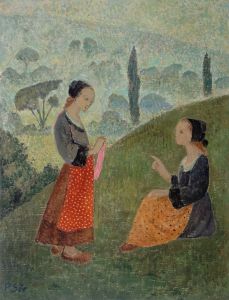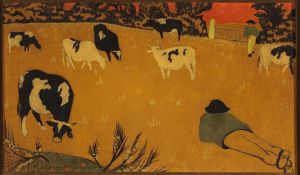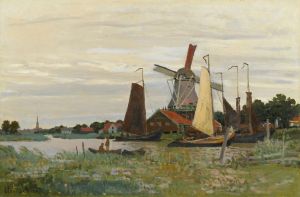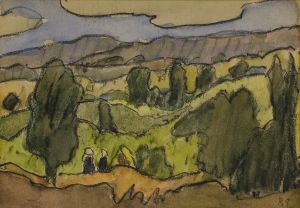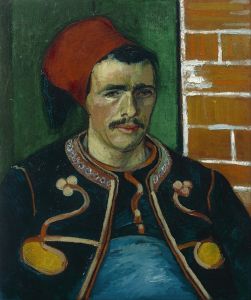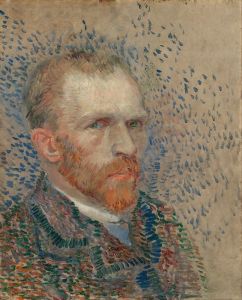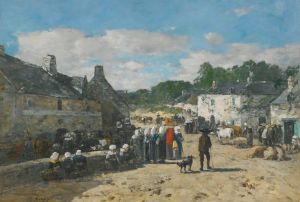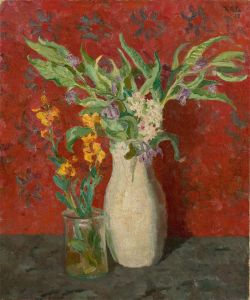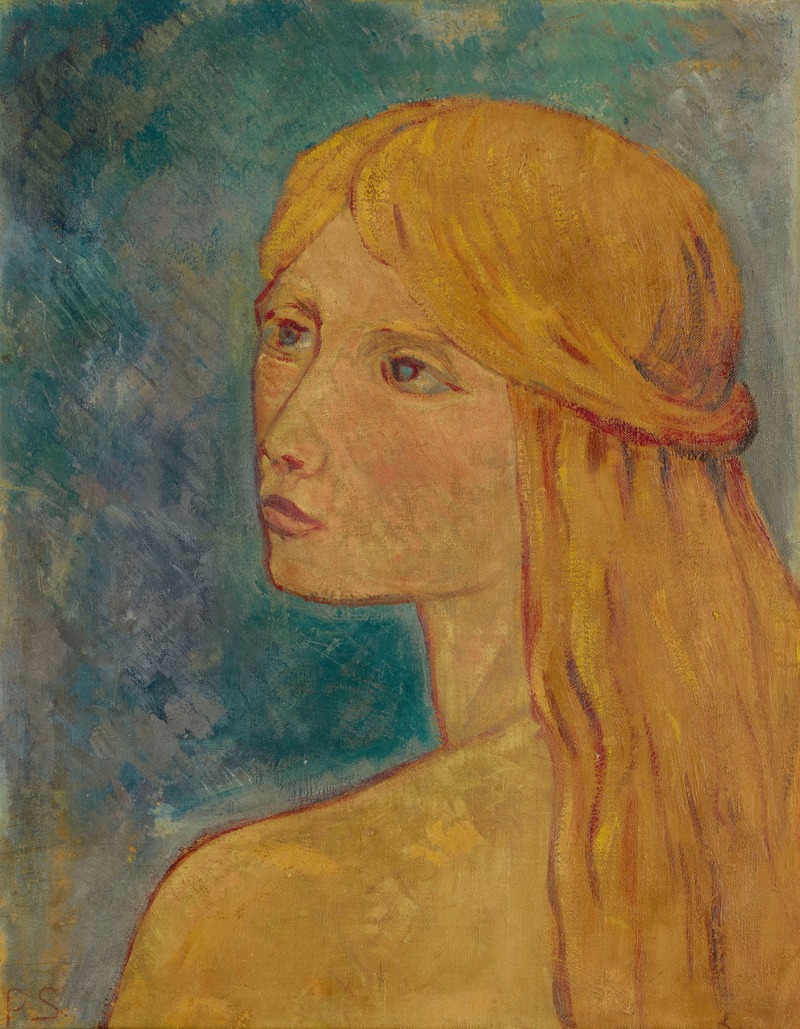
La Rousse
A hand-painted replica of Paul Sérusier’s masterpiece La Rousse, meticulously crafted by professional artists to capture the true essence of the original. Each piece is created with museum-quality canvas and rare mineral pigments, carefully painted by experienced artists with delicate brushstrokes and rich, layered colors to perfectly recreate the texture of the original artwork. Unlike machine-printed reproductions, this hand-painted version brings the painting to life, infused with the artist’s emotions and skill in every stroke. Whether for personal collection or home decoration, it instantly elevates the artistic atmosphere of any space.
Paul Sérusier was a French painter associated with the Post-Impressionist movement and a founding member of the group known as Les Nabis. His work, "La Rousse," is one of the many pieces that reflect his interest in color theory and symbolism, although specific details about this particular painting are limited.
Sérusier was born on November 9, 1864, in Paris, France. He studied at the Académie Julian, where he was influenced by the teachings of Paul Gauguin. In 1888, Sérusier visited Pont-Aven in Brittany, where he met Gauguin. This meeting had a profound impact on his artistic development. Under Gauguin's guidance, Sérusier painted "The Talisman," a small landscape on the lid of a cigar box, which became a seminal work for the Nabis group. This painting emphasized the use of bold colors and abstract forms, departing from the naturalistic representation that was prevalent at the time.
"La Rousse" is a lesser-known work by Sérusier, and specific information about the painting is scarce. However, it can be inferred that like many of his works, it likely embodies the principles of the Nabis movement. The Nabis, which means "prophets" in Hebrew, were a group of young artists who sought to transform art by emphasizing the importance of color and symbolism over realistic representation. They were inspired by Gauguin's synthetism, which advocated for the use of flat areas of color and the simplification of forms.
Sérusier's works often feature vibrant colors and a focus on the emotional and spiritual aspects of the subject matter. His style is characterized by a departure from the detailed realism of earlier art movements, instead opting for a more abstract and symbolic approach. This aligns with the broader goals of the Nabis, who aimed to create art that was more expressive and evocative.
The subject matter of "La Rousse" is not well-documented, but the title suggests a focus on a red-haired figure, which was a common theme in art for its striking visual impact and symbolic associations. Red hair has often been used in art to convey a sense of mystery, passion, or otherworldliness, which would align with the Nabis' interest in symbolism.
Throughout his career, Sérusier continued to explore the use of color and form in innovative ways. He taught at the Académie Ranson in Paris, where he influenced a new generation of artists. His teachings and writings on color theory were significant, and he published a book titled "ABC de la peinture" in 1921, which outlined his artistic philosophy and approach to color.
Paul Sérusier passed away on October 7, 1927, in Morlaix, France. His contributions to the Post-Impressionist movement and his role in the formation of the Nabis group have left a lasting impact on the art world. While "La Rousse" may not be as widely recognized as some of his other works, it remains a part of his legacy as an artist who sought to push the boundaries of traditional art and explore new realms of expression through color and symbolism.





